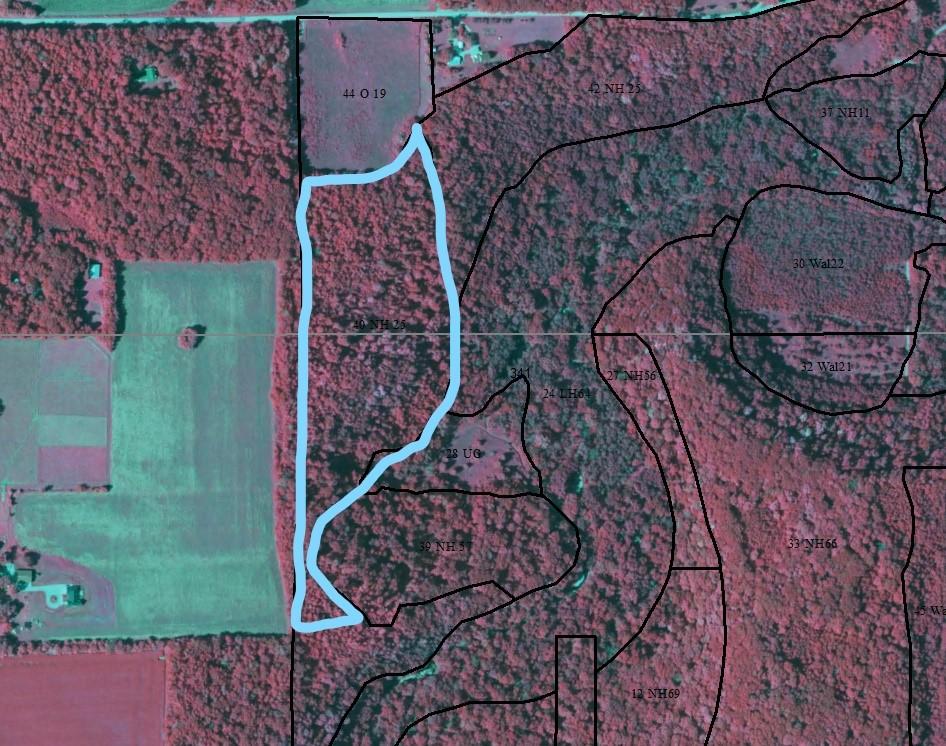Overview
This case study took place in a northern hardwoods forest type on a mesic oak forest native plant community site. It documents the regeneration conditions in 2019, after a 2008 clearcut with reserves harvest, with planting and natural regeneration. We took plot data in 2019, and re-visited the site for a walkthrough in the summer of 2023 to confirm site conditions and take pictures.
The prescription has resulted in a diverse, healthy young northern hardwoods stand with a very small oak component. Although a healthy, diverse mixed northern hardwood forest has been established, the oak component is smaller than we were hoping for. The most likely explanation for less-than-desired oak regeneration is that recruitment was poor due to being shaded out by vegetative competition.
Management guidance in the study area was provided by the Minnesota DNR 2005 High Biodiversity Addendum to Blufflands/Rochester Plateau Subsection Plan.
Silviculture Objectives
- Perpetuate a mesic oak forest community through harvest and regeneration of a mature stand.
- Maintain acreage of aspen pockets when harvesting surrounding stand.
- Improve wildlife habitat.
- Improve long-term timber quality and value.
Pre-treatment stand description and condition
Pre-treatment species composition
The study area was cover typed in the DNR forest inventory as northern hardwoods. It had a significant oak component, along with basswood, sugar maple and aspen, as well as a wide variety of other species in lesser volumes.
Table 1: 2007 Timber Sale Appraisal Species and Volume (MBF) Estimates
Species | Product | Quantity | Appraised Volume | Bid Value |
Red Oak | Sawtimber | 99.30 | 247.94 | 32,498.90 |
Basswood | Sawtimber | 61.60 | 117.25 | 9,533.83 |
Trembling Aspen | Sawtimber | 20.00 | 35.00 | 924.00 |
Sugar Maple | Sawtimber | 16.10 | 235.58 | 5,006.62 |
White Oak | Sawtimber | 12.90 | 150.00 | 2,554.20 |
Ash | Sawtimber | 7.10 | 31.05 | 291.03 |
American Elm | Sawtimber | 2.10 | 56.35 | 118.34 |
Black Cherry | Sawtimber | 0.70 | 263.35 | 243.33 |
Black Walnut | Sawtimber | 0.70 | 502.55 | 464.36 |
Butternut | Sawtimber | 0.40 | 39.10 | 15.64 |
Bitternut Hickory | Sawtimber | 0.20 | 54.40 | 10.88 |
Total timber sale acres: 31.6
Note: The timber sale volumes listed on this appraisal included both the 21 acres of clearcut with reserves harvest of this study, as well as another 10 acres of adjacent small gap harvest.
Pre-treatment forest health issues
None noted at time of harvest appraisal.
Landowner objectives/situation
Management guidance for the Partridge Creek parcel was provided in the MN DNR 2005 High Biodiversity addendum to Blufflands/Rochester Plateau Subsection Plan. MN DNR determined management of this site should focus on the site as a whole, employ practices that perpetuate endangered, threatened, or special concern species, and native plant communities while following the mandates of forestry or wildlife administered lands.
A specific objective for this site was to maintain the mesic oak plant community through regeneration of a mature northern hardwoods stand.
Silviculture prescription
The following series of treatments were implemented:
Treatment | Date | Description | Acres Treated |
Clearcut with reserves harvest
| 2008 | Clearcut with reserves harvest. Reserve trees were mostly scattered, along with several clumps. Reserves consisted of a wide range of species and sizes, with most being medium to large oak, maple and basswood (see table 3). The purpose of reserves was largely wildlife habitat. Frozen ground harvest to protect plants. Aspen patches were harvested. | 21 |
What actually happened during the treatment
After the original timber auction, the sale was defaulted on due to a downturn in timber markets. After being returned to the state, the sale was re-sold and harvested. Otherwise things went pretty much as planned.
Staff from the DNR Division of Ecological Resources spent at least one day in the field helping foresters mark the stand for harvest.
Post-treatment assessment
We took plot data in 2019, and re-visited the site for a walkthrough in the summer of 2023 to confirm site conditions and take pictures.
As of 2023, this stand has regenerated to a healthy, diverse and productive young northern hardwoods stand
See Table 2. The most dominant regenerated species include sugar maple, basswood and ash. There is a good component of mid-tolerant black cherry. Small components of mid-tolerant black walnut, oak and low-tolerant aspen have also regenerated. There are significant regenerated components of elm and ironwood, as well as small components of several other species including hackberry and bitternut hickory.
Table 2: Tree regeneration density and frequency on plots in 2019
Size Class | < 1’ tall | ≥1’ tall and < 1” DBH | 1” to 3” DBH | 3” to 5” DBH | ||||
Species | Stems/ Acre | Freq | Stems/ Acre | Freq | Stems/ Acre | Freq | Stems/ Acre | Freq |
Ash | 1,333 | 52% | 3,667 | 70% | 241 | 30% | 22 | 22% |
Aspen | 0 | 0% | 0 | 0% | 37 | 7% | 0 | 0% |
Basswood | 37 | 4% | 148 | 7% | 19 | 4% | 15 | 11% |
Bitternut Hickory | 630 | 37% | 259 | 26% | 0 | 0% | 4 | 4% |
Black Cherry | 37 | 4% | 111 | 11% | 93 | 11% | 15 | 15% |
Black Walnut | 0 | 0% | 0 | 0% | 19 | 4% | 0 | 0% |
Boxelder | 0 | 0% | 37 | 4% | 0 | 0% | 0 | 0% |
Bur Oak | 0 | 0% | 0 | 0% | 0 | 0% | 4 | 4% |
Butternut | 0 | 0% | 37 | 4% | 0 | 0% | 0 | 0% |
Elm | 963 | 33% | 259 | 22% | 74 | 7% | 4 | 4% |
Hackberry | 222 | 11% | 74 | 7% | 0 | 0% | 0 | 0% |
Ironwood | 74 | 7% | 111 | 11% | 111 | 15% | 22 | 19% |
Red Cedar | 0 | 0% | 0 | 0% | 56 | 4% | 7 | 4% |
Red Oak | 296 | 22% | 0 | 0% | 37 | 4% | 0 | 0% |
Sugar Maple | 6,852 | 81% | 1,037 | 37% | 222 | 37% | 59 | 44% |
White Oak | 37 | 4% | 0 | 0% | 0 | 0% | 0 | 0% |
Total Stems/Acre | 10,481 |
| 5,740 |
| 909 |
| 152 |
|
Notes:
- In 2019, 11 growing seasons after harvest, all of these trees greater than 5” DBH were harvest residuals, not new regeneration post-harvest.
- Mid shade-tolerant crop tree species in bold.
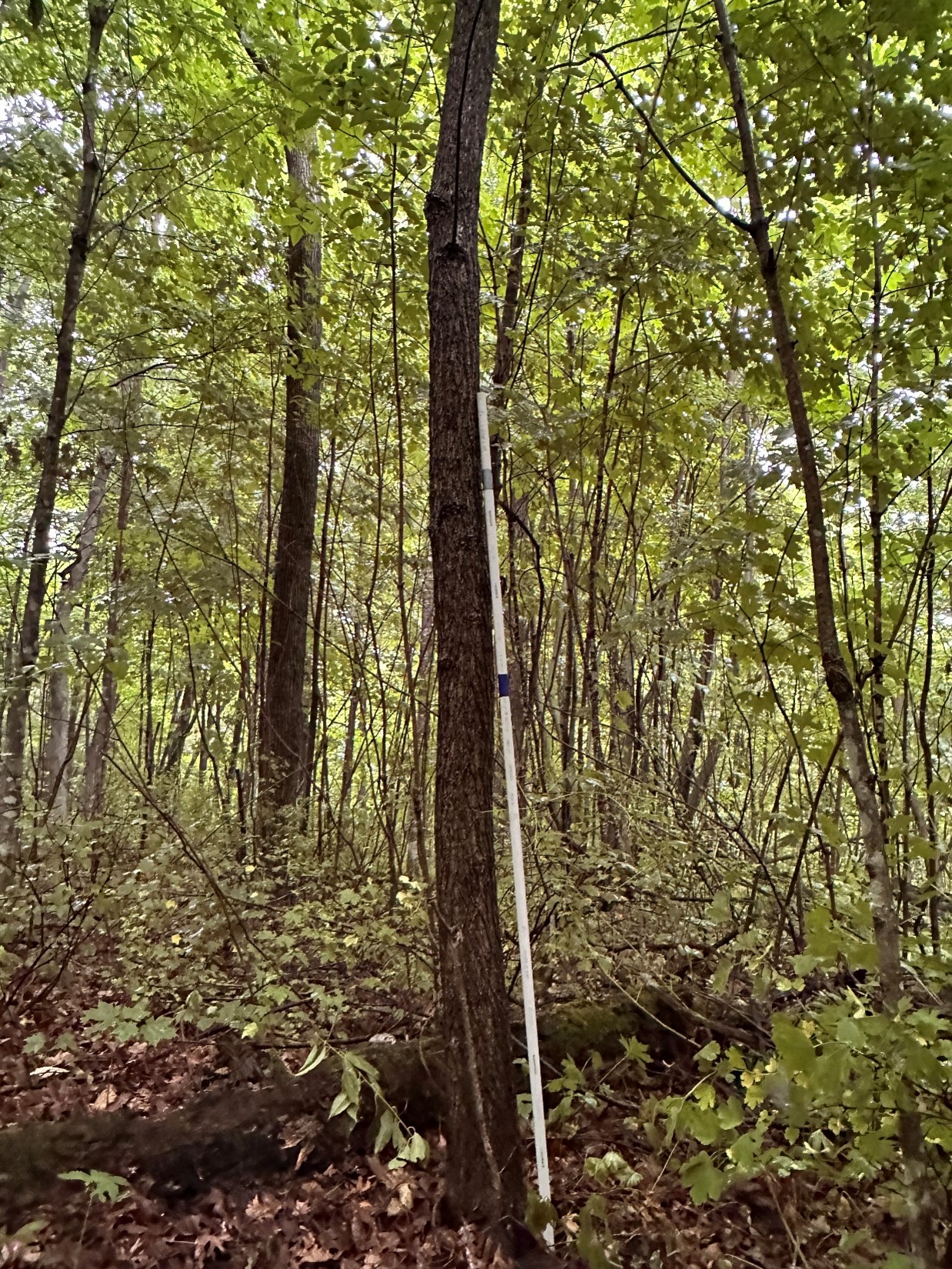
Figure 1: Mixed hardwood regeneration in 2023, 15 years after harvest
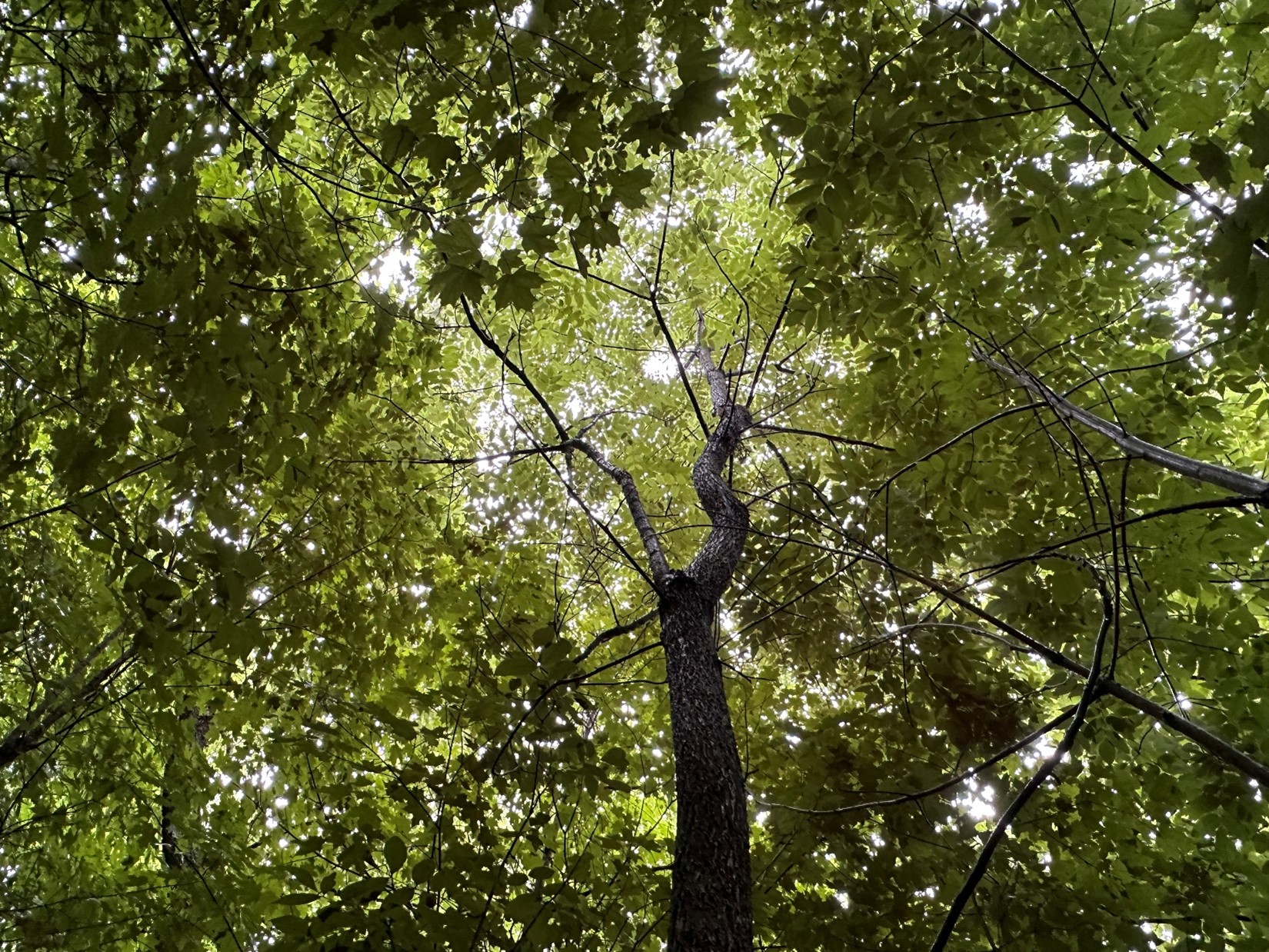
Figure 2: As of 2023, the regenerated, now 15 year old stand has a largely closed canopy condition
There is a small oak regeneration component as of 2023 (mostly in the form of coppice sprouts), however it is significantly less than we were hoping for
If forestry staff recollection and early post-harvest forest inventory data - showing fairly good oak regeneration shortly after the harvest - are accurate, this stand is another example of good oak establishment but poor recruitment to larger size classes. The most likely explanation for the poor recruitment is that most of the initially established post-harvest oak regeneration was shaded out by heavy competition. It is likely that several release actions and perhaps browse protection would have been necessary in years 2-10 after harvest for more oak to have survived and recruited to larger sizes.
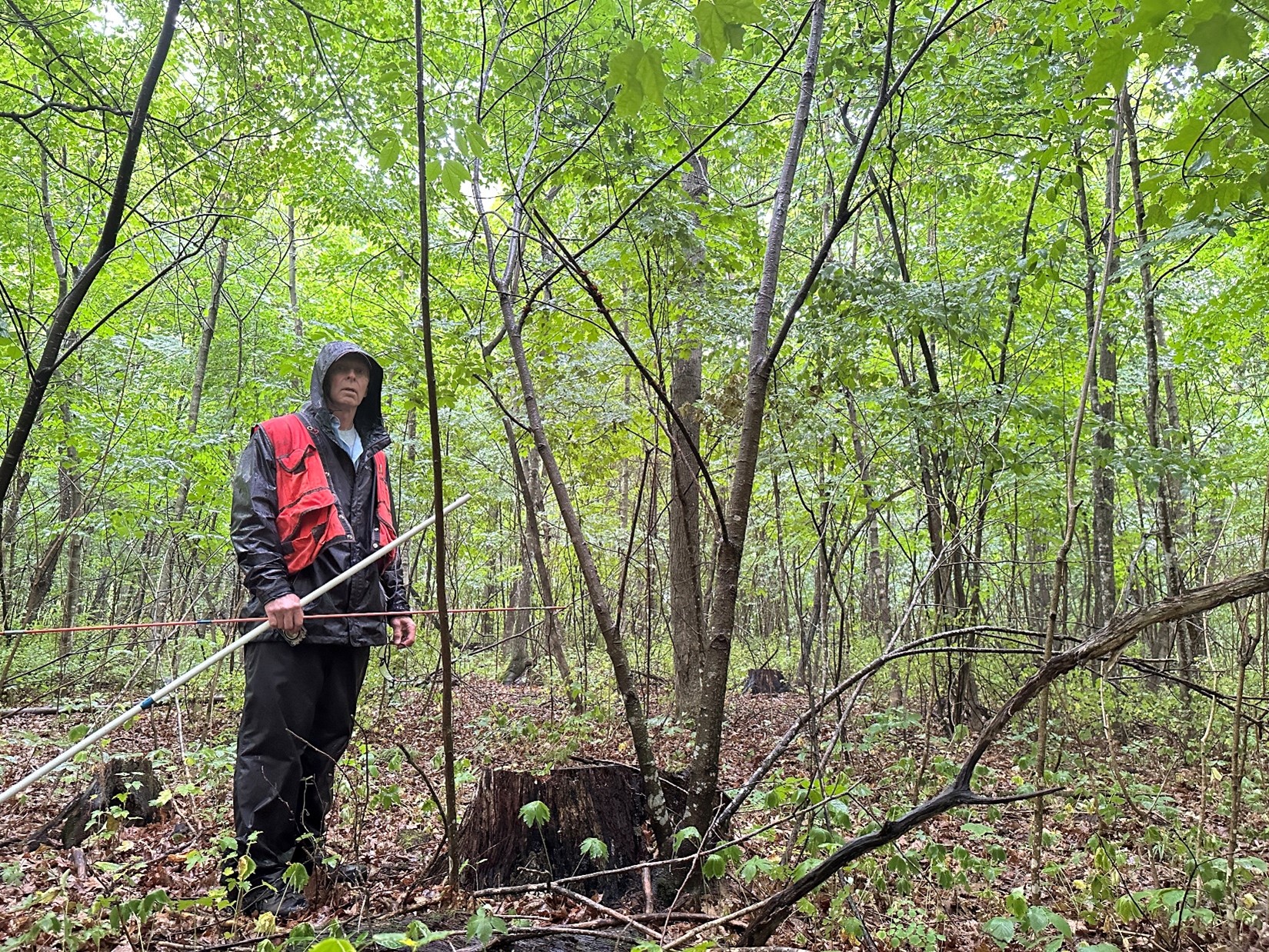
Figure 3: A few oak stump sprouts regenerated after harvest
There is potential to better achieve the objectives of stand diversity, climate adaptation and resilience to forest health threats, timber value and wildlife habitat with the planned release of the mid-tolerant black cherry, red and white oak, and black walnut. This will help ensure their continued recruitment to larger size classes as the stand matures over time.
Table 3: Tree species BA and Frequency on Plots in 2019 for stems >5” DBH
Species | BA (ft2) | Frequency |
Sugar maple | 12.2 | 70% |
Basswood | 8.9 | 44% |
Red Oak | 6.7 | 44% |
White Oak | 4.1 | 22% |
Bur Oak | 3.7 | 11% |
Ash | 3.3 | 26% |
Elm | 1.9 | 19% |
Black Cherry | 1.9 | 15% |
Bitternut Hickory | 1.5 | 7% |
Ironwood | .7 | 7% |
Red Cedar | .4 | 4% |
Boxelder | .4 | 4% |
Bigtooth Aspen | .4 | 4% |
Total BA: | 46.1 |
|
The composition and species diversity of herbaceous plants and shrubs 12 years post-harvest appears to be within normal range of variation for the native plant community, based on personal observations of other sites within this NPC by co-authors. See Supplemental figures 4 and 5 for an ECS site classification worksheet containing a plant list for this site.
Invasive Species
We did find a modest amount of buckthorn (see Table 4), which is pretty typical for this type of site in this part of the state. We also found a small amount of garlic mustard in part of the stand – also fairly common to see in southeastern Minnesota. This site does have a high level of recreation use, which can impact introduction of non-native species.
Table 4: Buckthorn stems/acre and plot frequency by size class in 2019
Size Class | < 1’ tall
| ≥1’ tall and < 1” DBH
| 1” to 3” DBH
| 3” to 5” DBH | ||||
Species | Stems/ Acre | Freq | Stems/ Acre | Freq | Stems/ Acre | Freq | Stems/ Acre | Freq |
Buckthorn | 222 | 11% | 148 | 7% | 0 | 0% | 0 | 0% |
Plans for Future Treatments
- Crop tree release of the black cherry, black walnut and oak regeneration.
- Monitor the stand through periodic inventory surveys.
- Monitor invasives during field work and control any high priority species if necessary.
Costs and economic considerations
Costs
Staff time for timber sale setup and administration 2008: $ 100/ac. (2007 dollars)
TOTAL COSTS: $ 100/ac. (2007 dollars)
Revenue
Timber revenue 2008 $ 1,476/ac.
TOTAL REVENUE: $ 1,476/ac. (2008 dollars)
Other notes
Summer Interns Amelia Knoll and Alex Love spent many hours gathering and helping to analyze data in the summer of 2020.
We gratefully acknowledge the important contributions of MNDNR forester Kurt Hinz to this case study. Kurt was the lead forester in designing and accomplishing the silvicultural activities on this site. We had review and editing help from MNDNR Silviculture Program Consultant Mike Reinikainen.
Summary
As of 2023, this stand has regenerated to a healthy, diverse and productive young northern hardwoods stand. The most dominant regenerated species include sugar maple, basswood and ash. There is a good component of mid-tolerant black cherry. Small components of mid-tolerant black walnut, oak and low-tolerant aspen have also regenerated.
There is a small oak regeneration component as of 2023 (mostly in the form of coppice sprouts), however it is significantly less than we were hoping for. Additional early competition release would probably have been necessary to achieve greater recruitment of oak regeneration to larger size classes. This stand appears to be another example of good oak establishment, but poor recruitment to larger size classes. It is likely that several release actions would have been necessary in years 2-10 after harvest for more oak to have survived and recruited to larger sizes.
There is potential to better achieve the objectives of stand diversity, climate change and forest health resiliency, timber value and wildlife habitat with the planned 2024 release of the mid-tolerant black cherry, red and white oak, and black walnut. This will help ensure their recruitment to larger size classes as the stand matures over time.
The composition and abundance of species diversity of herbaceous plants and shrubs 12 years post-harvest appears to be within normal range of variation for the native plant community, based on personal observations of other sites within this NPC by co-authors.
Supplemental content
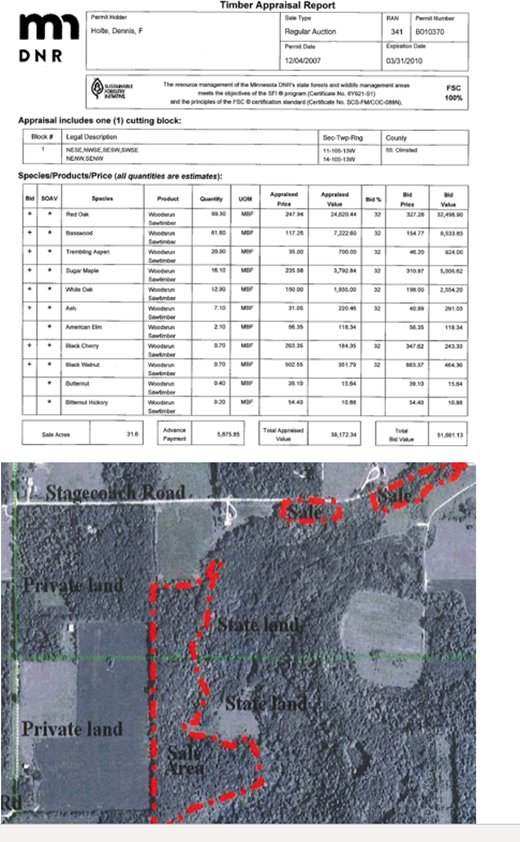
Supplemental figure 1: 2007 timber sale appraisal and map
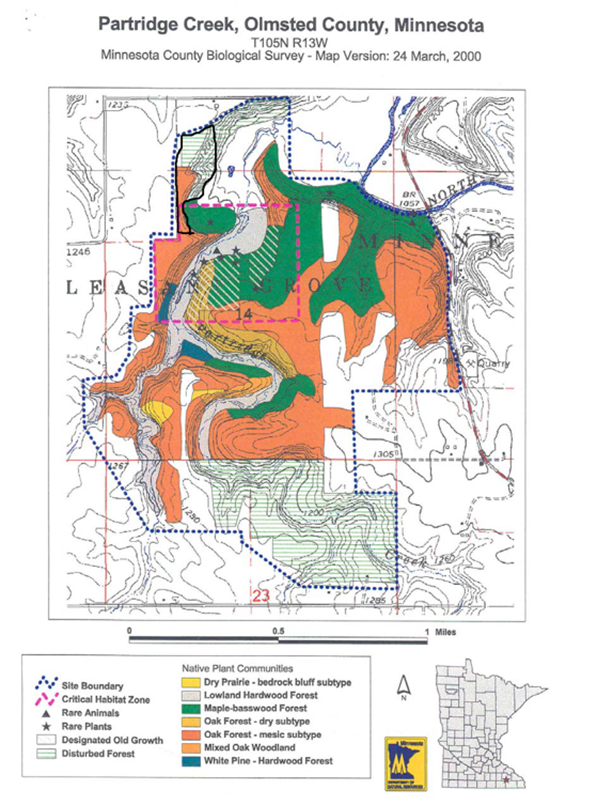
Supplemental figure 2: Native Plant Community Map. Approximate study boundary shown with black border. Source: MN DNR 2005 High Biodiversity addendum to Blufflands/Rochester Plateau Subsection Plan.
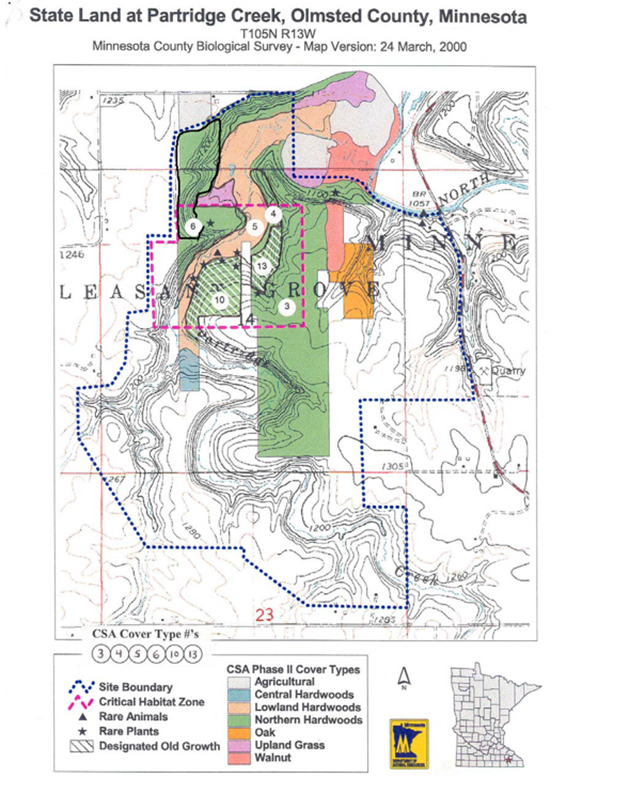
Supplemental figure 3: Map of Selected CSA Forest Inventory Cover Types for Partridge Creek Unit. Approximate study boundary labelled # 6, with black border. Source: MN DNR 2005 High Biodiversity addendum to Blufflands/Rochester Plateau Subsection Plan.
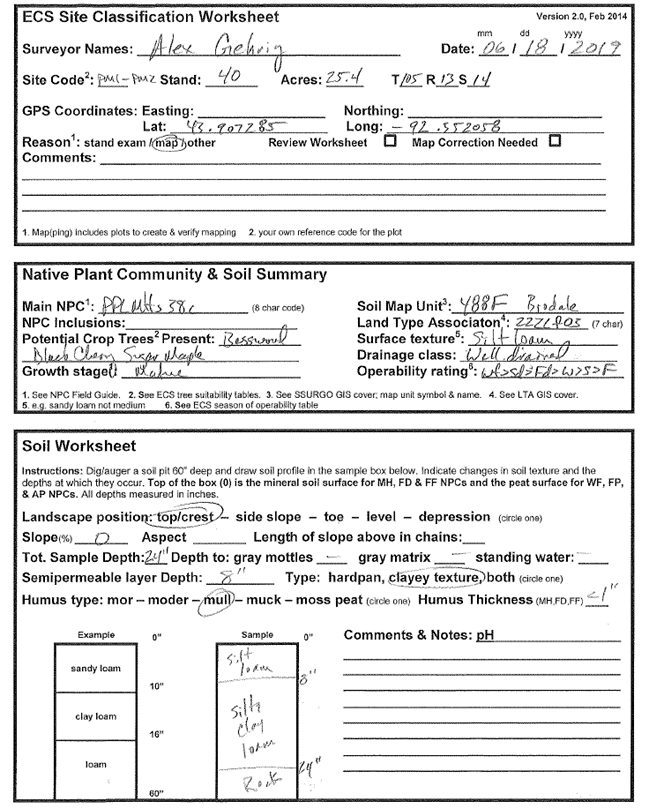
Supplemental figure 4: ECS Site Classification Worksheet – Page 1
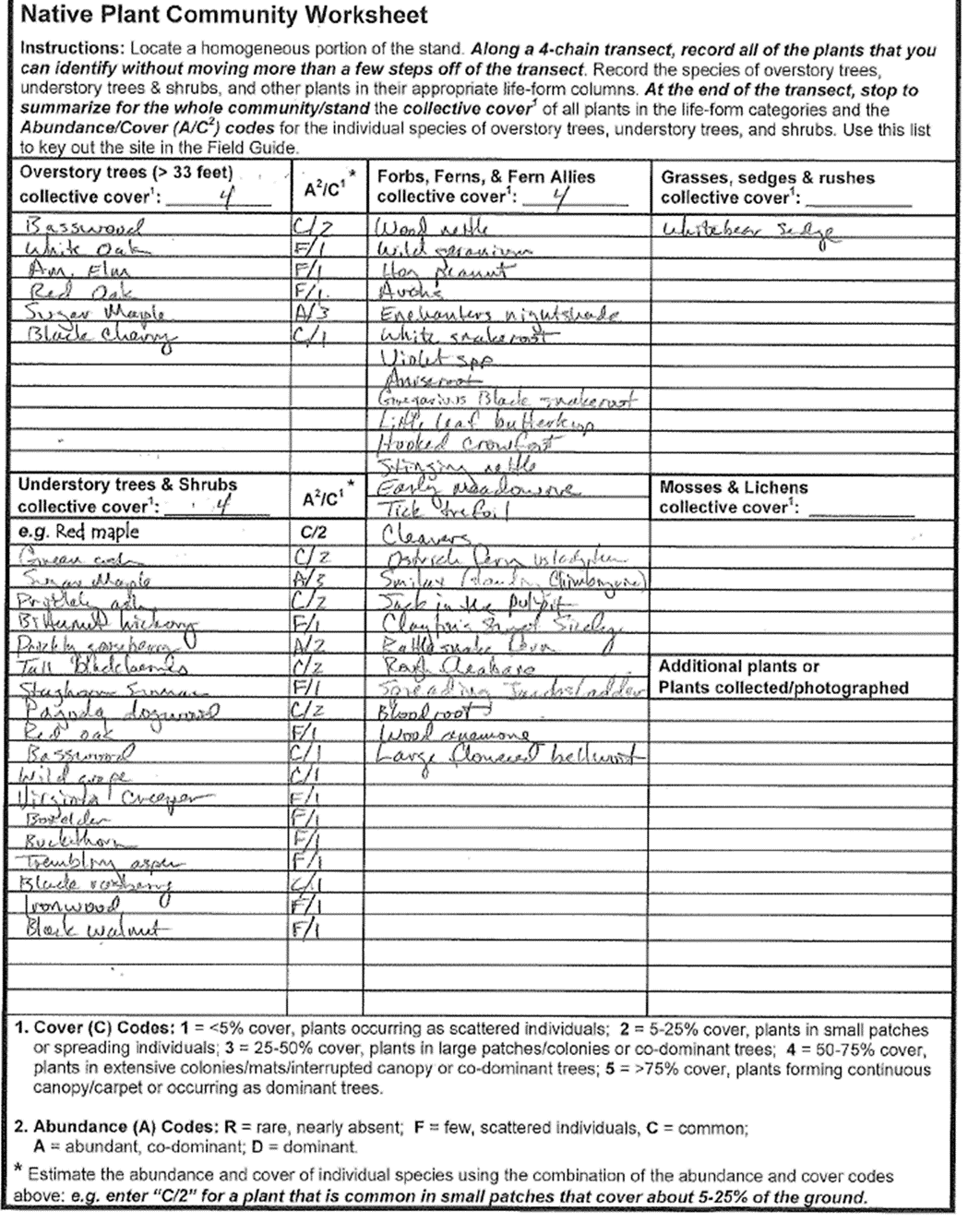
Supplemental figure 5: ECS Site Classification Worksheet – Page 2 with Plant List
